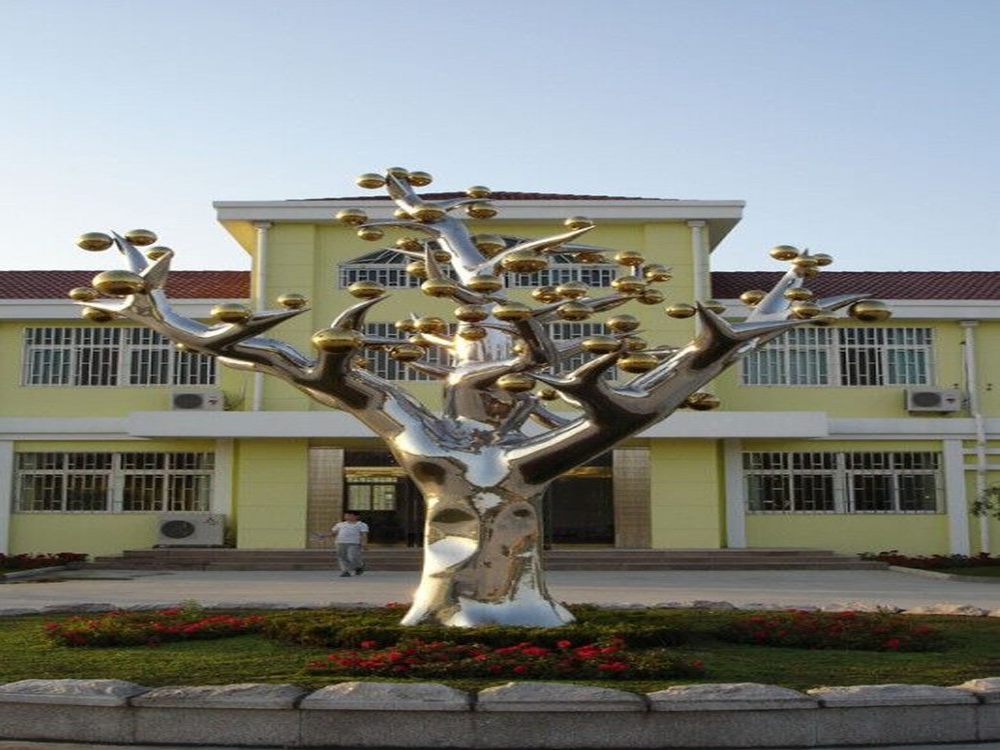
The Symbolist movement of the late 19th century transformed bronze sculpture into a powerful medium for conveying profound hidden meanings. Unlike realistic representations, Symbolist artists used bronze's malleability and permanence to create works rich with psychological depth and esoteric messages.
These sculptures often employed mythological figures not as literal representations, but as vessels for abstract concepts. A draped female form might symbolize melancholy rather than depict a specific goddess, while twisted, elongated figures expressed spiritual anguish. The very materiality of bronze - its weight, texture, and ability to hold fine detail - became part of the symbolic language.
Key techniques included:
1. Distorted proportions to express inner turmoil
2. Incomplete forms suggesting metaphysical realms
3. Surface treatments where polished and rough textures created visual metaphors
4. Embedded objects that functioned as personal symbols
Artists like Auguste Rodin and Medardo Rosso pioneered methods where the casting process itself became part of the meaning - imperfections and seams left visible to represent the human condition. The Symbolists' bronze works demand slow, contemplative viewing to unpack their layered significances, making them enduring puzzles in art history.

